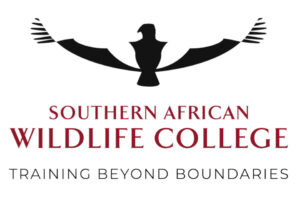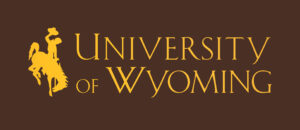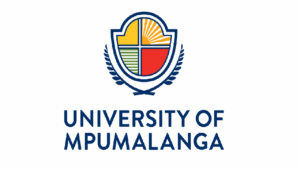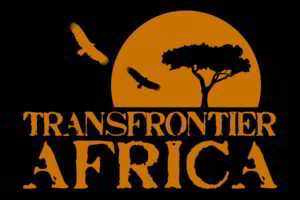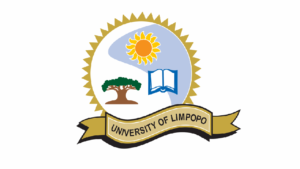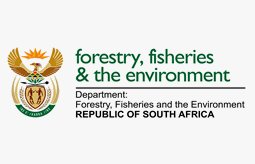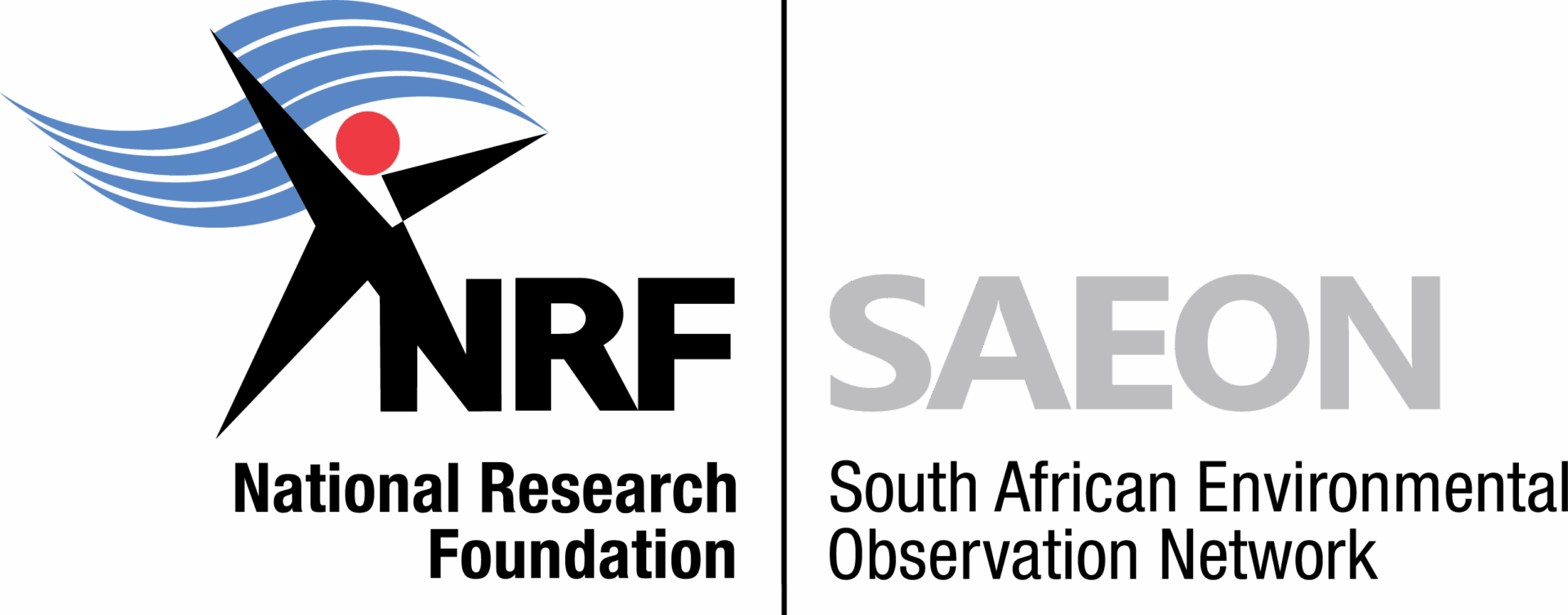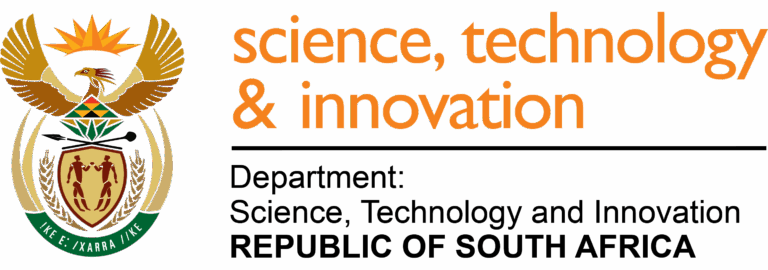A platform for studying the major changes occurring in the savanna biome of the Lowveld region of South Africa. Research centres on disentangling the impacts of climate, fire and herbivores (including elephant and other mega-herbivores) on the productivity and biodiversity of savanna ecosystems. The causes of bush encroachment, and the costs and benefits of bush clearing, is of particular interest, as woody thickening and encroachment are amongst the most significant changes which have occurred in the region over the past century, as is the case for most savannas globally. A second focal area is the sustainability of the harvesting of natural resources that contribute to rural livelihoods like fuelwood harvesting (the primary source of domestic energy in the region), Marula fruit and Mopane worms.
Click on the relevant sections below to quickly navigate to them.
DESCRIPTION
The Satara Experimental Burn Plots (EBPs) are located in the Marula-Knobthorn savannas of the central Kruger National Park (KNP). Established in the 1950s to inform KNP fire policy, these are one of longest-running fire experiments in the world. KNP supports a full complement of historic indigenous herbivores, including mega-herbivore species such as elephant and rhinoceros. This experimental design was expanded in 2006/7 with the construction of replicated, fenced full (all herbivores excluded) and partial (herbivores larger than impala excluded) exclosures across annually, triennially and unburned fire treatment blocks. Permanent vegetation monitoring plots within these exclosures, paired with unfenced areas experiencing full herbivory, allow study of the interaction of these two primary drivers of savanna systems on biodiversity and ecosystem services. Data collection has been continuous over 15 years, and included the extreme regional drought of 2015/16. The site is partnered with the Konza Prairie Long-Term Ecological Research platform in the USA and with the University of KwaZulu-Natal’s Ukulinga Research Farm, which share similar manipulations of fire and/or herbivory. A description of the EBPs across KNP, can be found here.
DATASETS
CONTACT
DESCIRPTION
Located within the greater Kruger National Park, in and around the South African Wildlife College (SAWC), this site was initiated in 2008 to compare ecosystem functioning and biodiversity in a protected area and a neighbouring communal rangeland. The focus is on the sustainability and biodiversity impacts of cattle grazing and fuelwood harvesting in the rangeland, while the SAWC site also serves as a site for studying the impacts of elephant on savanna vegetation.
DATASETS
CONTACT
DESCRIPTION
This is a sister site to SAWC-Welverdiend site, located in a savanna with lower rainfall and different vegetation type (dominated by the Mopane tree). Also located within the greater Kruger National Park, this site was initiated in 2016 to: i) compare ecosystem functioning and biodiversity in a protected area and a neighbouring communal rangeland, and ii) determine the costs and ecological impacts of bush-clearing. Eight bush-cleared plots, ranging in size from 60m x 60m to 120m x 120m have been established, five within the protected area, and 3 in the rangeland.
DATASETS
CONTACT
DESCRTIPTION
Located in a private game reserve, within the greater Kruger National Park, this site was initiated in 2008 to study the impacts of large herbivores, particularly elephant, on the functioning and biodiversity of a semi-arid savanna, including the riparian one of the Olifants River, the largest river in the region. Permanent vegetation monitoring plots have been established at a range of sites exposed to elephant browsing, as well a nearby site with no elephants.
DATASETS
CONTACT
DESCRTIPTION
The banks of the Limpopo River were once covered with tall riparian forests, with far greater productivity and biodiversity than the surrounding arid savannas. Long-term monitoring of the mortality of large riparian trees, originally started in 1990, was resurrected in 2011 to disentangle the potential causes of the decline of these forests (which include reduced river flows, drought, floods, local water abstraction and elephant browsing).
DATASETS
CONTACT
DESCRTIPTION
The Sabi Sand Wildtuin-Mala Mala complex borders the Kruger National Park and forms part of the largest private conservation area in South Africa. Here, as with savannas across the continent, habitats are actively managed. In some instances the management regimes have been implemented continuously for over 50 years at scales larger than 100 ha with the intent of suppressing woody plant establishment, increasing habitat heterogeneity, and enhancing game viewing potential. However, the impacts of these long-term management interventions on savanna resilience and functioning are not known. Working in the reserve complex, project TREE (Tri-trophic Relationships in Engineered Environments) was initiated in 2017 to understand how anthropogenically-induced changes in savanna structure influence the relationships among soil, plant, herbivore, and predator trophic levels.
DATASETS
CONTACT
CONTRIBUTIONS TO MANAGEMENT PLANS AND MEETINGS
MEDIA
